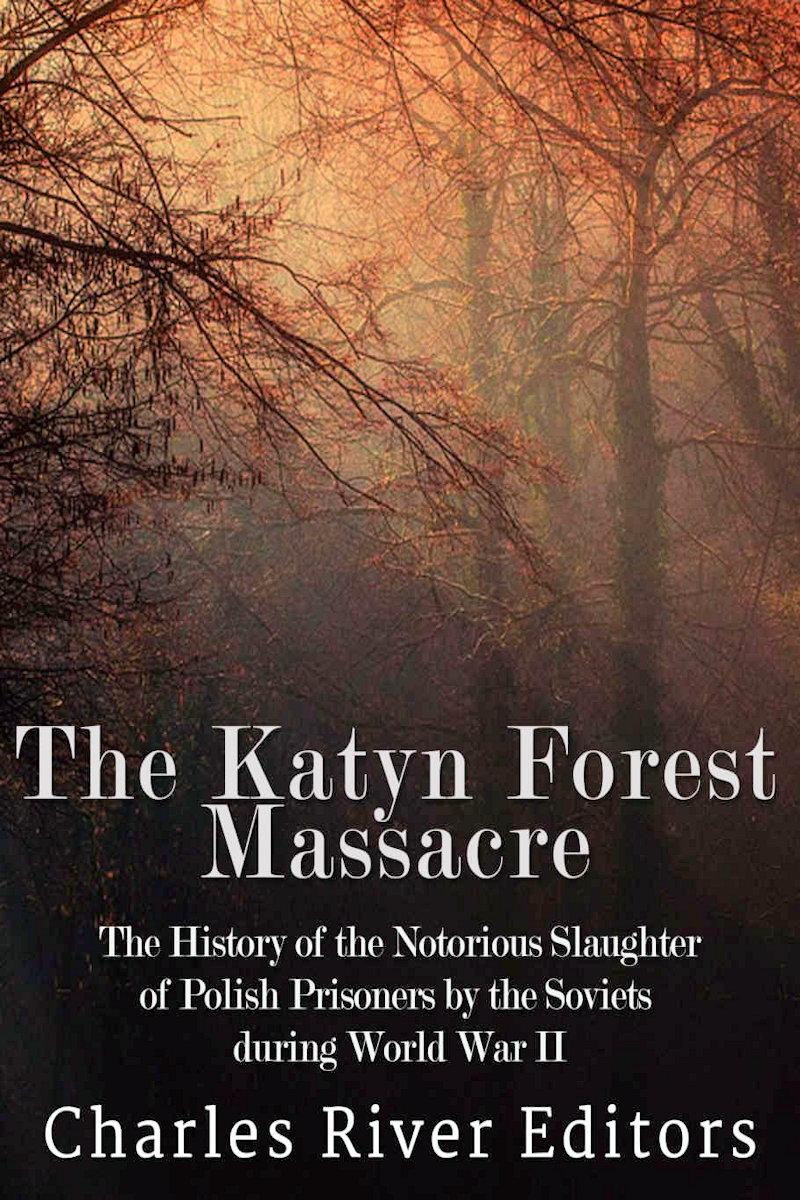

Most ebook files are in PDF format, so you can easily read them using various software such as Foxit Reader or directly on the Google Chrome browser.
Some ebook files are released by publishers in other formats such as .awz, .mobi, .epub, .fb2, etc. You may need to install specific software to read these formats on mobile/PC, such as Calibre.
Please read the tutorial at this link: https://ebookbell.com/faq
We offer FREE conversion to the popular formats you request; however, this may take some time. Therefore, right after payment, please email us, and we will try to provide the service as quickly as possible.
For some exceptional file formats or broken links (if any), please refrain from opening any disputes. Instead, email us first, and we will try to assist within a maximum of 6 hours.
EbookBell Team

4.4
82 reviews*Includes pictures *Includes contemporary accounts of the massacre and its discovery *Includes online resources and a bibliography for further reading *Includes a table of contents "It has been suggested that the motive for this terrible step was to reassure the Germans as to the reality of Soviet anti-Polish policy. This explanation is completely unconvincing in view of the care with which the Soviet regime kept the massacre secret from the very German government it was supposed to impress...A more likely explanation is that [the massacre] should be seen as looking forward to a future in which there might again be a Poland on the Soviet Union's western border. Since he intended to keep the eastern portion of the country in any case, Stalin could be certain that any revived Poland would be unfriendly. Under those circumstances, depriving it of a large proportion of its military and technical elite would make it weaker." - Gerhard Weinberg During the late 1930s the Soviet Union under Josef Stalin and the Third Reich under Adolf Hitler reached a secret alliance, the Molotov-Ribbentrop Pact. By the terms of this agreement, the two dictators divided up Eastern Europe between them, and for a time Stalin even sought Axis membership. Though the alliance forged between the fascist and communist states could not survive their diametrically opposed views, they cooperated long enough to conquer Poland together in 1939. Of course, as most people now know, the invasion of Poland was merely the preface to the Nazi blitzkrieg of most of Western Europe, which would include Denmark, Belgium, and France by the summer of 1940. The resistance put up by these countries is often portrayed as weak, and the narrative is that the British stood alone in 1940 against the Nazi onslaught, defending the British Isles during the Battle of Britain and preventing a potential German invasion. In particular, the campaign in Poland is remembered as one in which an antiquated Polish army was quickly pummeled by the world's most modern army. Polish lancers charging in a valiant yet idiotic attack against German tanks is the only image from the 1939 Nazi-Soviet invasion of Poland remaining in the popular imagination today. Originating as a piece of Nazi propaganda, paradoxically adopted by the Poles as a patriotic myth, the fictional charge obscures the actual events of September 1939. Outnumbered, outgunned, and under-equipped, the Polish army nevertheless inflicted heavy losses on the invading Wehrmacht. In fact, only the unexpected advance of Soviet forces from the east put a quick end to the struggle and saw the Polish republic partitioned again after just 20 years of independence. Nonetheless, the campaign that started World War II was a bloody sign of things to come as the conflict engulfed the globe. While the Germans performed the lion's share of military action in defeating Poland - and reaped the choicest regions for themselves as a consequence - the Soviets showed themselves no laggards in establishing tyrannical control over the Polish zone assigned to them by treaty. NKVD death squads, mass deportations, and systematic repression began almost immediately in the Soviet-controlled part of Poland. The Gestapo applied their own forms of brutality in the German zone of the conquered nation, but the results proved starkly different. A large-scale, well-organized Polish Resistance movement flourished in the German zone, exhibiting high morale and an activist approach that testified to the relatively amateurish nature of the Gestapo repression - random violence for intimidation rather than systematic quashing of all independence and defiance. The NKVD, on the other hand, managed to virtually eliminate any large-scale resistance in the Russian zone. The Soviet policy proved a dark success, at least until the Wehrmacht surged crushingly across the border into the Soviet Union during the Operation Barbarossa offensive of June 1941.